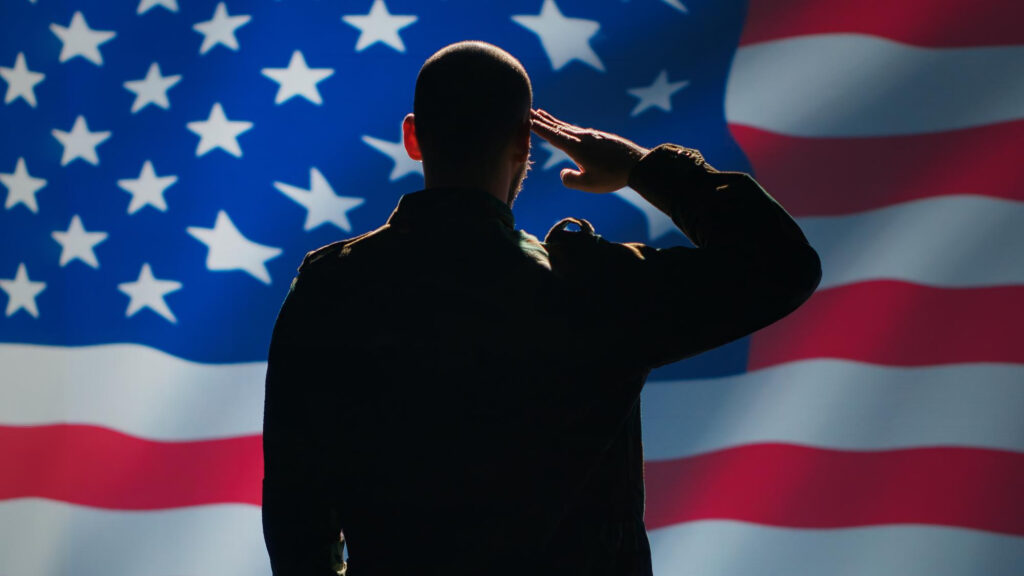
When that last Monday in May rolls around, you can almost feel it in the air – the promise of summer, the scent of barbecues, the pull of the open road for a long weekend. But beneath all that, for so many of us, there’s a quiet, deep hum. That’s Memorial Day. It’s not just a day off; it’s our nation’s heartfelt, collective pause. It’s the day we consciously turn our thoughts to those brave souls who served in our military and, in the ultimate act of devotion, never came home. They gave everything. And on this day, we remember. We try, however imperfectly, to grasp the sheer weight of that sacrifice, understanding that our freedoms, the very fabric of our daily lives, were woven with threads of their courage and their last breaths. Their legacy isn’t just in history books; it lives in the air we breathe, the choices we make, and the peace we enjoy.
The Birth of Remembrance: How Grief Gave Rise to Tradition
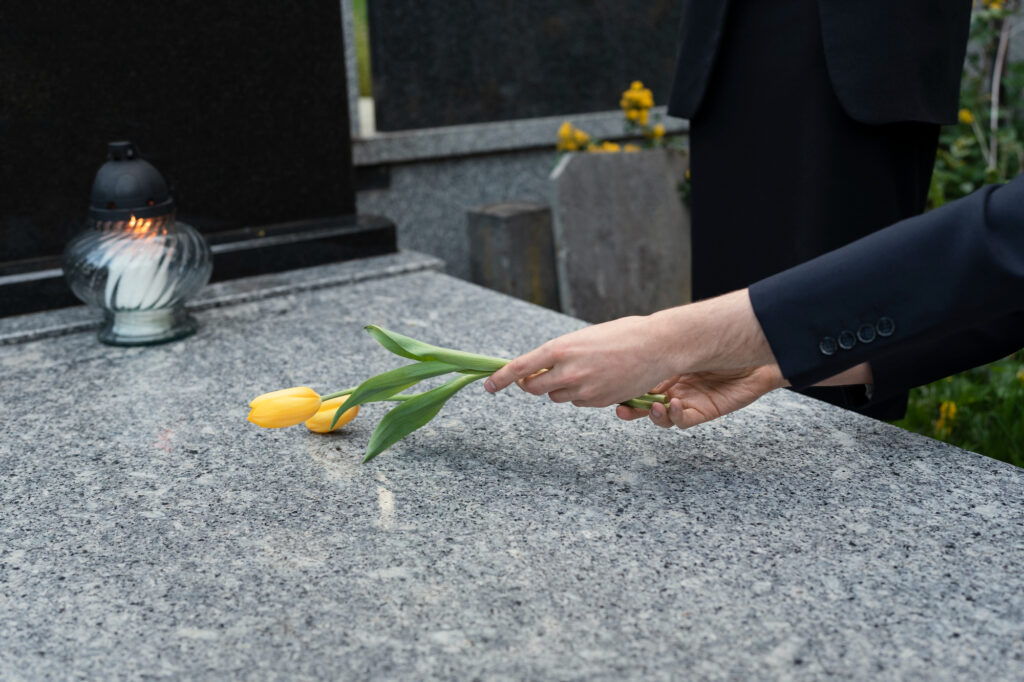
Picture America in the spring of 1866. The Civil War’s cannons had fallen silent, but the wounds remained raw. Nearly every town had its share of fresh graves, many marked with simple wooden boards instead of proper headstones. In places like Waterloo, New York, and Columbus, Mississippi, something beautiful began happening. Ordinary women – mothers, wives, sisters – would gather wildflowers and trudge through overgrown cemeteries to decorate these humble graves. They’d kneel in the dirt, arranging blossoms with trembling hands, perhaps whispering names that only they remembered. This grassroots movement of love and mourning would become the foundation of our Memorial Day
That’s where the idea of “Decoration Day” began to bloom. It wasn’t a top-down order at first; it was an organic outpouring of heartache and love from the ground up. Women, especially, in both the North and South, took on the sacred task of tending to those forgotten resting places. They’d gather armfuls of flowers, clear away weeds, and simply spend time at those gravesides, a quiet conversation with the absent. Think of those early gatherings in places like Waterloo, New York, in 1866 – neighbors shutting down their shops, bringing bouquets, transforming barren ground into a garden of remembrance. It was a communal embrace of sorrow, a desperate need to say, “You are not forgotten.” These heartfelt gestures, multiplied across countless towns, were the first fragile seeds of what we now know as Memorial Day. They were the whispers of a grieving nation, slowly, tentatively, beginning to heal through acts of remembrance.
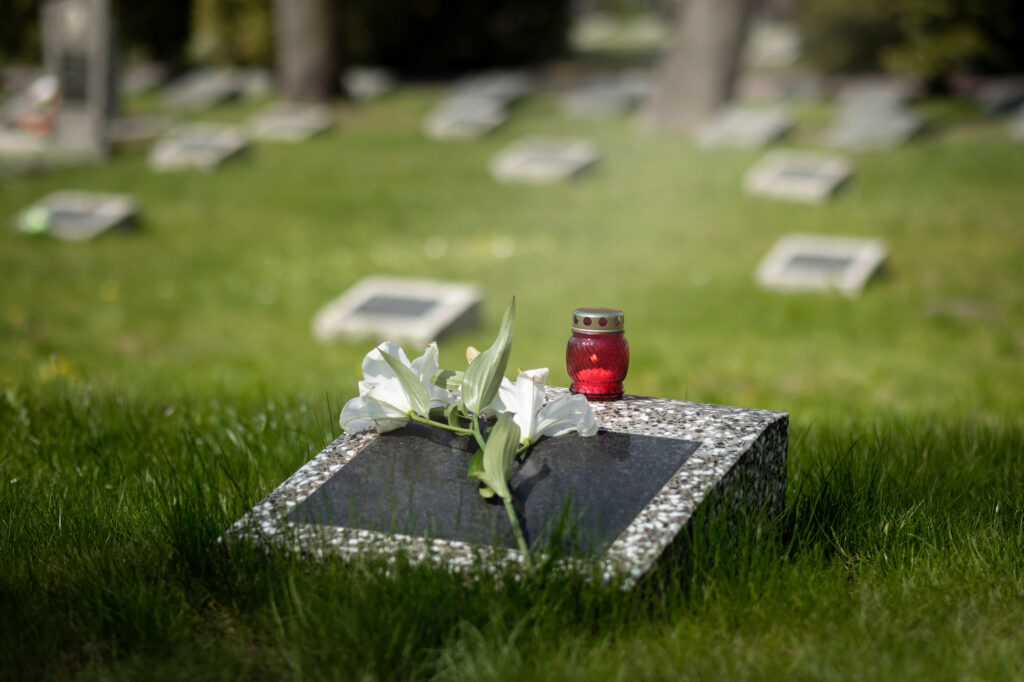
As these local traditions grew, a powerful voice emerged to give them national shape: General John A. Logan. He wasn’t just a soldier; he was a leader, a man who understood the enduring pain of war and the desperate need for a united front, even in mourning. As the commander of the Grand Army of the Republic – the Union veterans’ group – he saw how these scattered acts of remembrance could become something larger, something for all of America.
So, in May of 1868, General Logan issued his now-famous “General Order No. 11.” It wasn’t just bureaucracy; it was a heartfelt call to action. He designated May 30th as the day for this solemn duty. Why May 30th? It wasn’t tied to any specific battle, which was crucial for a still-healing nation. It was a neutral day, allowing both North and South to honor their dead without rekindling old wounds. And practically speaking, by late May, flowers would be in full bloom across most of the country, making it easier for everyone to participate in the decorating.
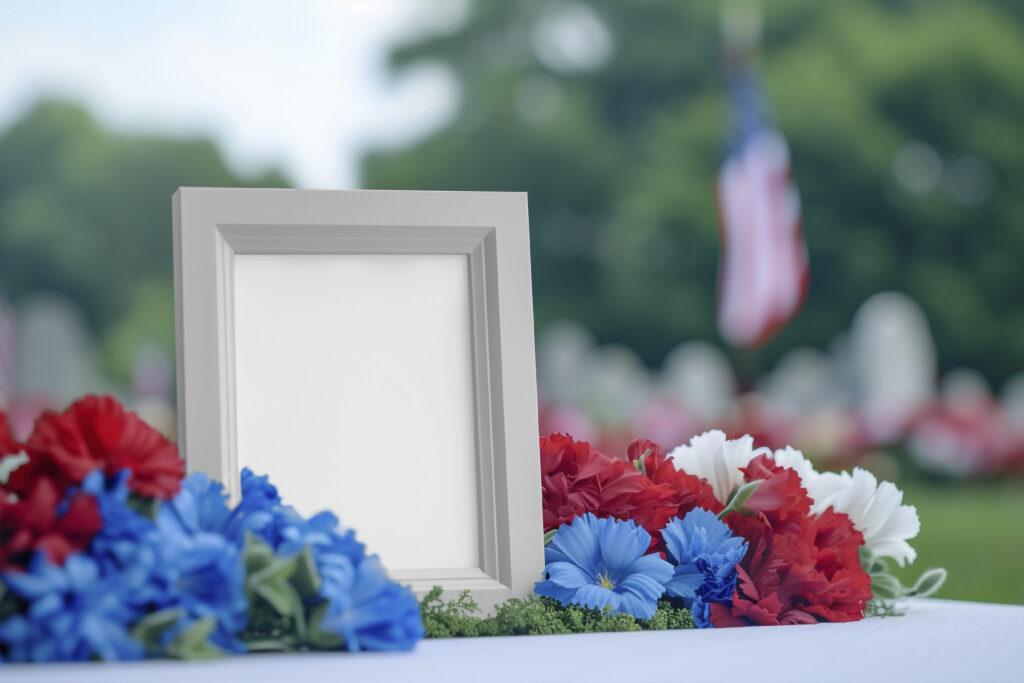
Imagine that first large-scale observance at Arlington National Cemetery later that month. It was an incredibly poignant scene. Thousands gathered on the very grounds that had once belonged to Robert E. Lee, a powerful symbol of the nation’s journey towards unity. General James A. Garfield, a future president, spoke words that surely echoed in the hearts of those present. And then, 5,000 people, many of them veterans themselves, went row by row, placing flowers and flags on the graves of 20,000 soldiers, both Union and Confederate. It was a profound act of shared humanity, acknowledging that beneath the different uniforms, there was a universal grief, a shared understanding of sacrifice. It was the first breath of a truly national day of honor.
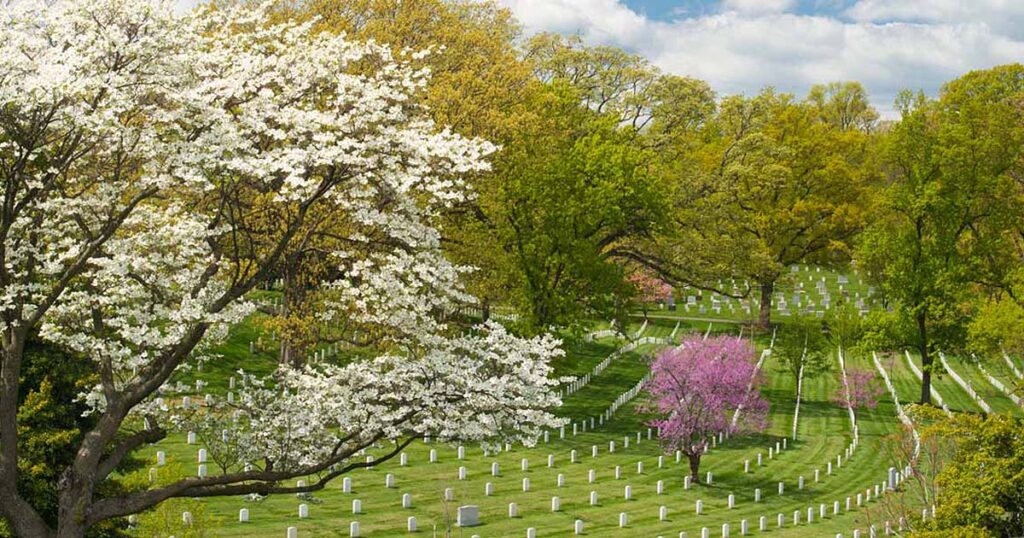
Beyond the Civil War: A Wider Embrace of Sacrifice
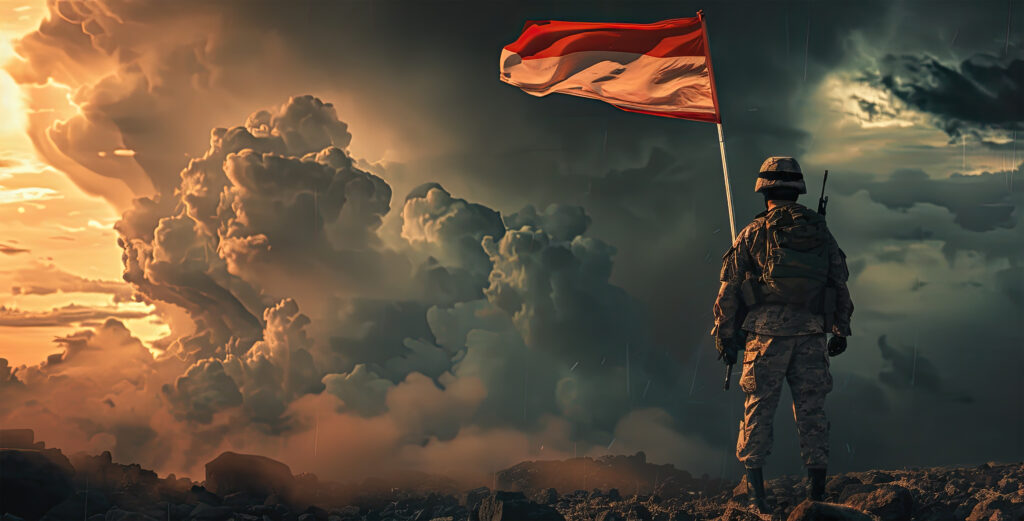
Time, as it always does, marched on. America moved beyond the Civil War, but new conflicts arose, pulling our young men and women into battlefields across oceans. World War I, for instance, introduced us to a global scale of warfare and sacrifice. And as new names were added to the casualty lists, the meaning of Decoration Day had to grow too. It couldn’t just be about the Civil War anymore. It had to encompass every American who had given their life, in every conflict, for every cause the nation deemed worthy.
This evolution is why “Decoration Day” slowly, organically, began to be called “Memorial Day.” It was a name that better captured the broader scope of remembrance. For decades, individual states had already embraced this idea, recognizing the holiday in their own ways. But it took until 1971 for Congress to make it truly official, a federal holiday, and part of the “Uniform Monday Holiday Act.” This was the act that gave us the three-day weekend. Now, for some, that shift to a Monday felt like it diluted the solemnity, turning a sacred day into just another leisure opportunity. And perhaps, for a moment, it did. But the core intention, the fundamental purpose of honoring the fallen, never truly went away. It simply became part of our modern calendar, a consistent, annual touchstone for gratitude.
The Living Legacy: How We Remember Today
Today, Memorial Day arrives with a complex mix of feelings. There’s the undeniable pull of backyard barbecues, family gatherings, and the first dip in the pool. It’s the unofficial start of summer, a time of lightness after the long spring. But beneath that, there is – and should be – a profound undercurrent of gravity.
Visit any national cemetery on this day, and you’ll see it. Thousands of tiny American flags, perfectly placed on each grave, fluttering in the breeze. It’s a breathtaking, silent testament to the lives lost, a visible promise that they are seen, counted, and remembered. Communities nationwide host parades – sometimes grand, sometimes small and intimate – where veterans, some stoic, some frail, march with quiet dignity, their presence a living bridge to the past. Wreath-laying ceremonies at local memorials offer a moment for quiet reflection, a physical act of placing our respect at the foot of sacrifice. Gold Star families, those who carry the most personal and enduring weight of Memorial Day, often gather, finding solace in shared grief and collective honor.
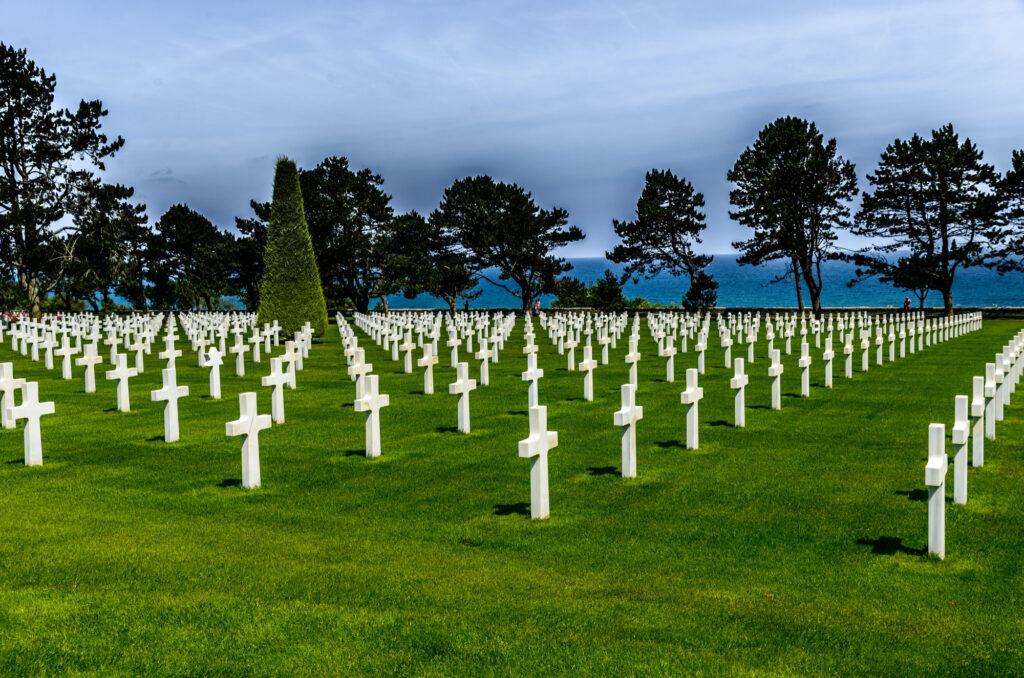
And then there’s the National Moment of Remembrance. It’s a relatively new tradition, started in 2000, urging all of us to pause at 3:00 PM local time for one minute of silence. Imagine, across this vast country, at that single moment, millions of people, whether at a ball game, a picnic, or quietly at home, stopping, just for a minute, to think of those who gave everything. It’s a powerful, unifying act.
So, as you enjoy your Memorial Day, whatever your plans may be, try to consciously hold that quiet hum of remembrance. It’s not about glorifying war, but about deeply appreciating the immense, often unimaginable, cost of the peace and freedoms we cherish. It’s about ensuring that the sacrifices of the fallen aren’t just dates in a history book, but living memories, woven into the very fabric of our national identity, reminding us of the profound debt we owe. It’s a day when the nation’s heart beats in unison, acknowledging that freedom truly isn’t free. Stay tuned for more articles on Reviewtechs













